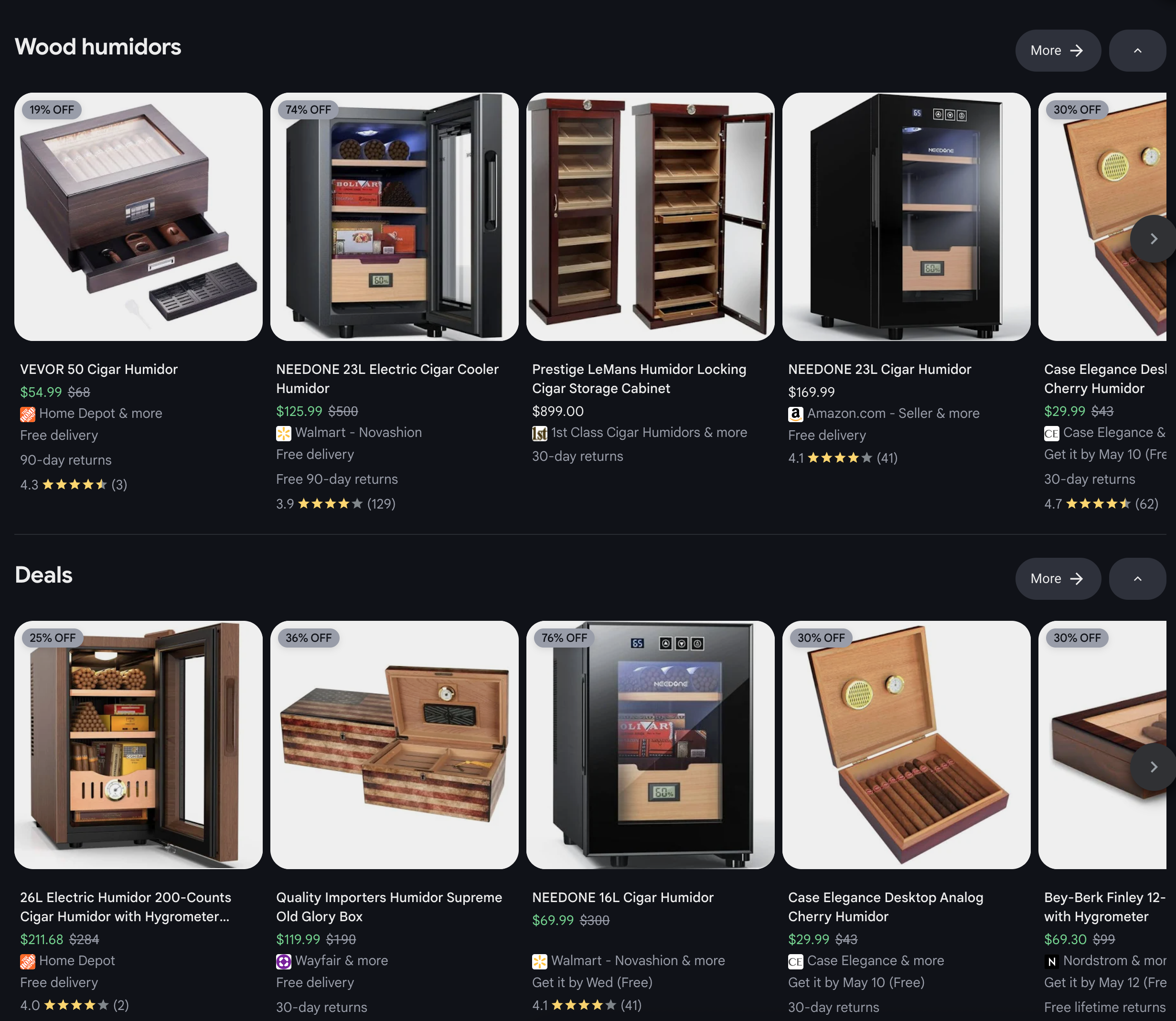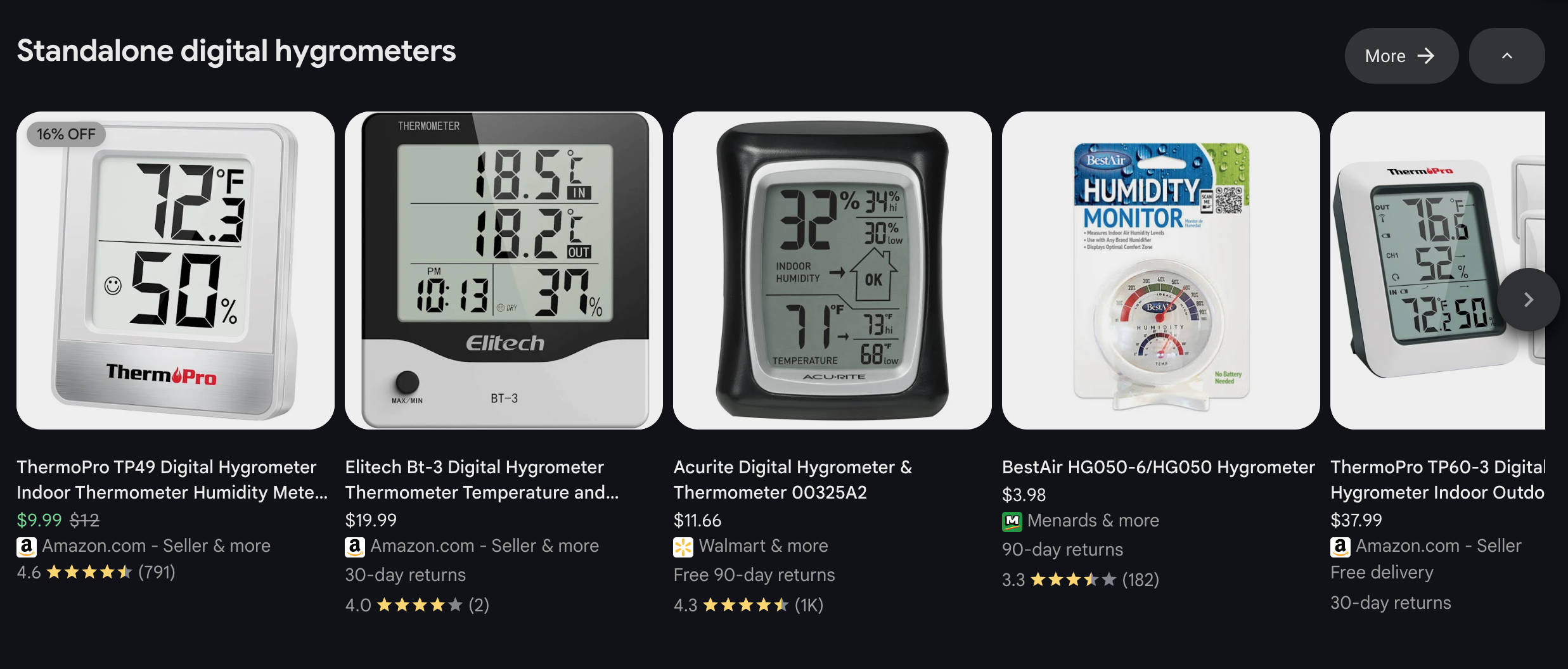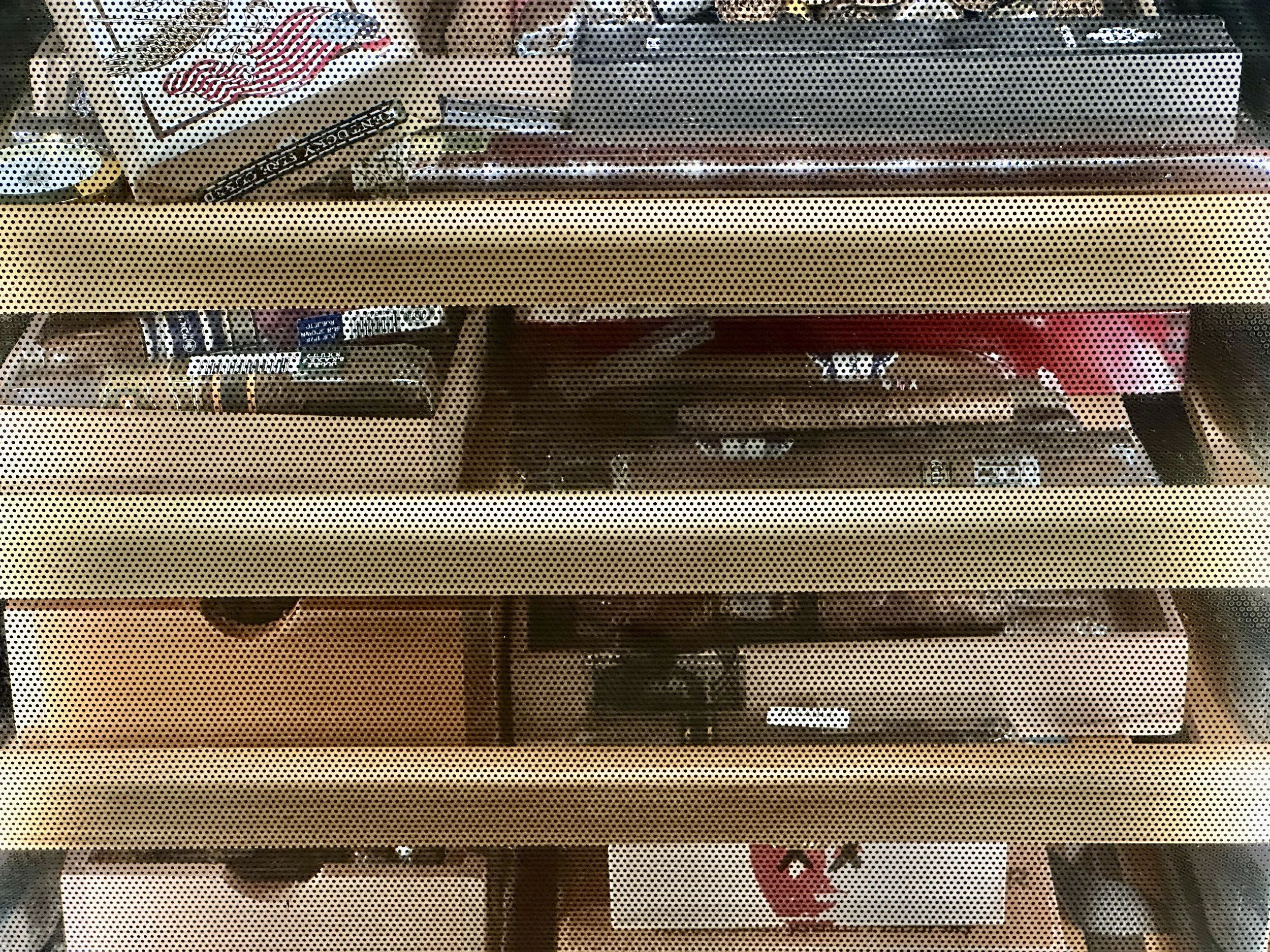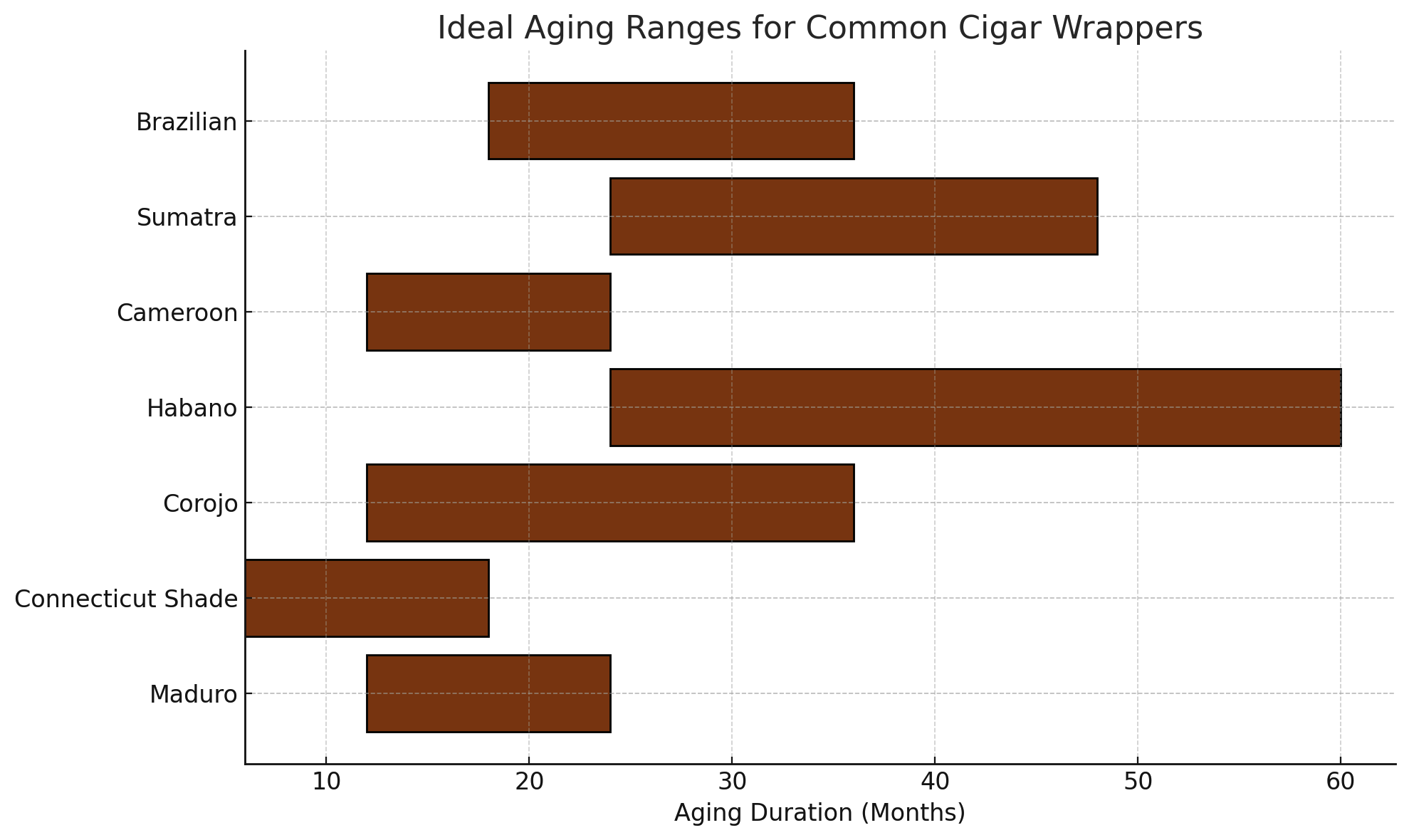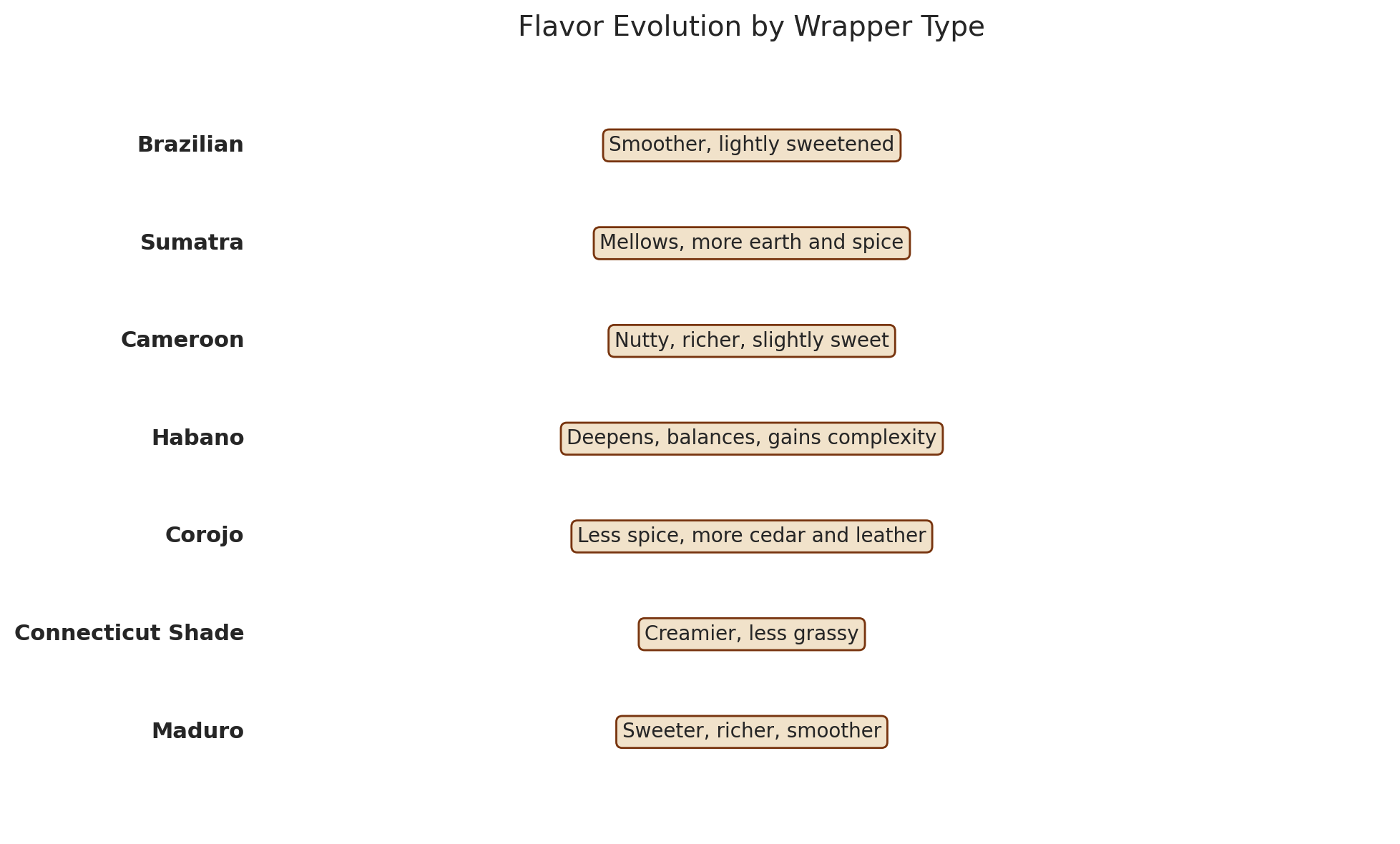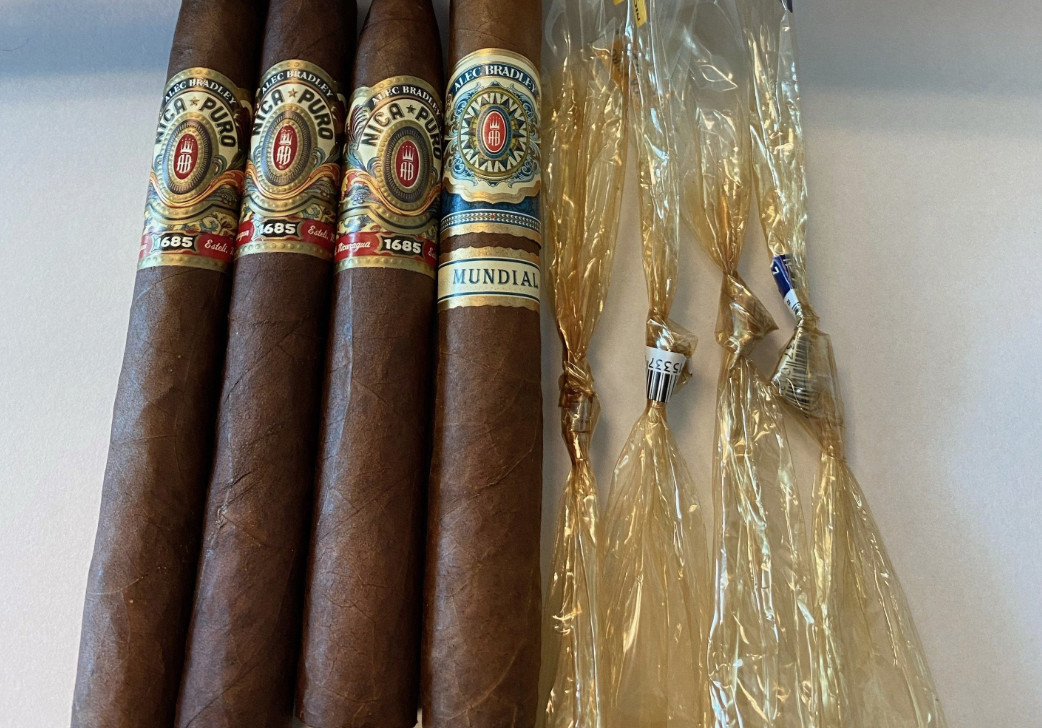The Ultimate Guide To Aging Your Cigars
Aging cigars isn’t just for collectors or aficionados with walk-in humidors. When done right, aging can elevate the flavor, balance the body, and transform a good cigar into a memorable one. But there’s a difference between letting cigars sit and intentionally aging them. If you’re going to do it, do it right. Cigars are alive in that they can evolve and develop over time, and how you treat them will shape its future and your smoking experience.
Why Age Cigars in the First Place?
When you age a cigar, you’re letting the oils in the tobacco continue to ferment and mellow. This process softens harsh edges, integrates flavors, and reduces bitterness or ammonia notes that can show up in younger cigars. Think of it like dry-aging a steak or cellaring a fine wine. You’re deepening the character and complexity. Some cigars are actually better a year or two after purchase. Others peak much later. Knowing how to store and monitor them properly is key to unlocking their full potential.
The History of Aging Cigars
Aging cigars isn’t a modern discovery, it’s a tradition rooted in centuries of craftsmanship. In old-world cigar-producing regions like Cuba and the Dominican Republic, farmers and blenders quickly learned that freshly rolled cigars were often too harsh to smoke. Early on, aging was more practical than intentional. Tobacco needed time to stabilize, release ammonia, and mellow. Over time, it evolved into a refined art. Aging barns and cedar-lined aging rooms became standard in factories, with cigars resting for months or even years before being boxed. Legendary blenders began to observe how different tobaccos matured, experimenting with fermentation techniques, extended rest, and post-roll aging to achieve peak performance. What began as necessity eventually became a mark of quality and patience. It’s a cornerstone of premium cigar making.
How the Cigar Industry Ages Cigars Before You Ever Buy Them
Before a cigar hits the shelf, it has already gone through an intensive aging process. First, the raw tobacco leaves are cured and fermented for anywhere from six months to several years, depending on the type of leaf. This stage is crucial for removing harsh chemical compounds and enhancing flavor. After rolling, cigars are typically aged again for at least 90 days to allow the various tobaccos (wrapper, binder, and filler) to “marry” and create a unified flavor profile. Premium brands often extend this rest period to six months or longer. Some boutique manufacturers even offer cigars with pre-roll tobacco aged for a decade or more. This built-in aging ensures consistency, smoothness, and readiness right out of the box. So while at-home aging can enhance certain cigars further, the cigar industry already does the heavy lifting to ensure you’re smoking something refined, not raw.
Choosing the Right Humidor for Storing and Aging Cigars
A good humidor is more than just a box. It’s a climate-controlled environment that should serve one goal, keeping your cigars in optimal condition while they rest and mature. For those serious about aging cigars, choosing the right humidor is foundational. The wrong setup can ruin a premium collection. The right one can turn good cigars into extraordinary ones.
Humidor Material
Spanish cedar isn’t just a traditional choice. It’s a functional one. This wood resists mold, repels tobacco beetles, and holds humidity incredibly well. That’s crucial when you’re aging cigars for years. It also adds a faint aroma that complements many blends, helping them round out in flavor over time. Avoid overly aromatic woods like red cedar, and stay away from non-wood interior linings like metal or plastic unless you’re working with high-end climate-controlled cabinets.
Pro tip: Go for kiln-dried Spanish cedar, not the untreated kind. It holds shape and humidity better and resists warping over time.
Humidor Seal Integrity
Even expensive humidors can have poor seals. A weak seal allows air and humidity to escape, causing your cigars to dry out or age unevenly. When shopping, perform the “lid test.” Close the humidor gently and listen for a soft whoosh as the air pushes out. That subtle vacuum effect is what you want.
If you’re buying online, check reviews and look for brands known for tight construction. Names like Daniel Marshall, Adorini, or NewAir tend to be trusted for a reason.
Humidor Size
The size of your humidor isn’t just about how many cigars you currently own. It’s about where your collection is headed. Cigars age best when they’re not jam-packed together. Airflow is key. If cigars are crammed, humidity can’t distribute evenly, which leads to mold in some pockets and dryness in others.
Always buy a humidor rated for at least 25 to 30 percent more than your current collection. This gives space for airflow and allows room for new additions. If you plan to age boxes, consider cabinet-style humidors or coolerdors that can handle full boxes with airflow between them.
Humidity Control System
Skip the generic sponge or foam humidifiers that come with many entry-level humidors. They’re cheap for a reason and prone to bacteria and mold. Instead, invest in one of the following:
Boveda packs: Set-and-forget, accurate, and great for casual aging setups.
Bead-based systems: Long-lasting and self-regulating with distilled water.
Electronic humidifiers: These offer consistent control for larger humidors or aging cabinets.
No matter the system, pair it with a digital hygrometer for consistent, accurate readings. Analog gauges are often inaccurate and should be replaced or recalibrated regularly.
Temperature Control
If you’re aging cigars for more than a few months, temperature matters just as much as humidity. The ideal temperature range is 65 to 70 degrees Fahrenheit. Anything higher can accelerate fermentation and increase the risk of beetle hatching.
Serious collectors often use wineadors. These are wine coolers modified with Spanish cedar shelves and a humidity system. They maintain consistent temperatures and are especially useful in climates with seasonal swings.
Humidor Design and Access
Aging cigars takes patience, but accessibility still matters. Look for humidors with:
Adjustable shelves or trays for organization.
Glass-top lids only if the humidor is placed out of direct sunlight.
Locking mechanisms if you want to protect rare or valuable cigars.
Dividers to separate blends or vintages during aging.
You don’t need crazy bells and whistles, but a humidor that supports easy monitoring, organizing, and adjusting will make your aging process smoother and more successful.
How to Season and Set Up Your Humidor for Long-Term Aging
You wouldn’t age a fine wine in a warm closet or store rare cuts of meat in a broken fridge. The same principle applies to cigars. Before you age anything long-term, your humidor needs to be properly seasoned and precisely calibrated. This isn’t busywork. It’s what separates a humidor that preserves cigars from one that silently ruins them.
Seasoning Your Humidor
At the top, please don’t put Adobo in your humidor. Not that kind of seasoning. New humidors, especially those lined with Spanish cedar, are dry when they arrive. If you drop cigars into an unseasoned (dry) box, the dry wood will pull moisture from them in a matter of hours. That leads to cracked wrappers, lost oils, and dull flavor development.
Here’s how to season a humidor the right way:
Wipe down the interior gently with a clean sponge and distilled water. Avoid over-soaking the wood. It should be damp, not dripping.
Place a small bowl or container of distilled water inside the humidor.
Close the lid and wait. Let the humidor sit for 3 to 5 days, opening it once per day to check progress.
Alternatively, use Boveda 84% seasoning packs. These are less messy and more precise, especially in smaller desktop humidors. Use them for 10 to 14 days before switching to your regular humidity packs or system.
Monitor humidity using a calibrated digital hygrometer. Once the interior stabilizes around 70 percent, remove the water dish or switch to a lower humidity pack for storage.
Important: Never use tap water. The minerals and chlorine can damage both the cedar lining and your cigars over time.
Calibrate Your Hygrometer
An accurate hygrometer is your humidor’s truth teller. If it’s off by even 3 percent, you could be aging cigars in conditions too dry or too wet.
To calibrate, use the salt test:
Fill a small bottle cap with table salt.
Add a few drops of distilled water to form a thick paste.
Place the cap and your hygrometer in a sealed plastic bag or airtight container for 8 hours.
The humidity inside will stabilize at 75 percent. If your hygrometer reads differently, note the difference and adjust accordingly.
Or use Boveda’s one-step calibration kits if you want a cleaner, no-hassle method.
Set Your Target Humidity and Temperature
For long-term aging, the sweet spot is 65 to 69 percent relative humidity. That’s slightly lower than what you might aim for with fresh-smoking cigars, but it slows fermentation and preserves essential oils better over time.
Temperature should stay between 65 and 70 degrees Fahrenheit. Anything higher risks beetle outbreaks or accelerated aging. Anything lower, and oils can congeal or the burn may suffer later on.
Organize Your Cigars Intentionally
The way you arrange your cigars matters for aging.
Group cigars by blend or brand. This prevents flavor contamination across different tobaccos.
Avoid removing cellophane unless you’re aging full boxes or bundles for extended periods. Cellophane provides a light barrier and protects against physical damage.
Use dividers or trays to improve airflow and help separate cigars by age.
Label your cigars with the purchase or box date. You’ll never regret having an organized timeline when you revisit cigars a year or more later.
Let Them Rest Undisturbed
Aging cigars is like steeping tea or resting dough. It doesn’t take a lot of fussing. Once your humidor is stable, cigars benefit most from being left alone.
Avoid frequent lid/door opening, which causes humidity fluctuations.
Check your hygrometer weekly, not daily.
Refill your humidification system with distilled water or replace humidity packs as needed, usually every few months.
Humidor Placement: Location Affects Performance
Your humidor doesn’t exist in a vacuum. Where you place it has real consequences on your cigars’ condition.
Avoid direct sunlight. UV rays and fluctuating temperatures will cook your cigars.
Keep it off the floor, especially if your home has inconsistent heating or air conditioning.
Stay away from exterior walls in seasonal climates where temperatures swing wildly.
Choose a stable, climate-controlled room if possible, like a home office, den, or dedicated cigar lounge space.
Humidity and temperature stability are your allies in aging cigars properly. Fight against fluctuations as if your collection depends on it—because it does.
How Different Wrappers and Blends Age Over Time
Not all cigars age equally. Some mellow. Some deepen. Others simply fall flat. Knowing how various wrappers and blends behave in a humidor can help you decide what to age, how long to age it, and when to finally light it up.
You’re always welcome to do your own trial and error experimentation, but there is already a general understanding of how different fermentations, oil contents, and tobacco structures change over time.
Maduro and Oscuro Wrappers
These dark, heavily fermented wrappers are rich in oils and natural sugars. When aged properly, they tend to become smoother, sweeter, and more complex. Spicy notes soften. Cocoa, coffee, and earthy flavors become more pronounced. But give them time. At least 12 to 24 months in stable conditions is where they start to shine. Aging too long can sometimes mute their boldness, so taste test one every 6 months if you’re experimenting.
Ideal candidates: San Andres, Connecticut Broadleaf, Brazilian Mata Fina
Connecticut Shade Wrappers
These light, creamy wrappers are typically mild from the start. Aging them helps integrate their sometimes grassy or sharp notes, smoothing them into buttery, toasty flavors. However, because they’re more delicate, excessive aging can flatten them out. Most Connecticut-wrapped cigars age best in the 6 to 18-month range. After that, you risk losing their subtle charm.
Ideal candidates: Dominican or Nicaraguan blends with Ecuadorian or American Connecticut wrappers
Corojo and Criollo Wrappers
These spicy, reddish wrappers are known for bold flavor and a bit of bite. Aging tones down the spice while enhancing notes of cedar, nuts, and leather. Many boutique cigars using these wrappers actually improve dramatically with age. Store them for at least a year, sometimes up to three, and you’ll notice more depth and less sharpness on the palate.
Ideal candidates: Honduran Corojo, Cuban-seed Criollo blends
Habano Wrappers
Habano wrappers are oil-rich, complex, and typically medium to full-bodied. They age beautifully because they have the structure to hold up over time without losing flavor. In fact, many Habano-wrapped cigars can age five years or more and continue to evolve. Expect earthiness, pepper, and cocoa early on, which will round into smooth, layered flavors over time.
Ideal candidates: Nicaraguan or Ecuadorian Habano cigars
Exotic or Specialty Wrappers
Wrappers like Cameroon, Sumatra, or Brazilian Arapiraca fall into a more unpredictable category. Cameroon gets richer and nuttier with age, but its delicate nature means you need to watch humidity carefully. Sumatra can age well for 2 to 4 years, but tends to mellow rather than evolve. Brazilian wrappers may sweeten slightly over time, especially in blends with fuller-bodied fillers.
Ideal candidates: Boutique cigars using African or Indonesian wrappers with medium-bodied cores
When Is a Cigar “Aged Enough”?
That depends on your taste. Some cigars hit a perfect balance after just 6 months. Others need 2–5 years to truly shine. Many collectors swear by the 3-year mark for complex blends, but the real answer is: taste it and see. Try setting aside a few cigars from each box and smoking one every 6–12 months. It’s the best way to understand how your collection is evolving.
Something that usually indicates that a cigar has been aged is the color of the cellophane like in this photo. It starts off clear when it’s new, but as a cigar ages inside it, it begins to turn yellowish brown. That discoloration comes from the natural oils migrating out of the cigar over time and staining the inside of the cellophane. It often indicates that the cigar has been aging for a while, sometimes a few years or more.
Here’s what it can mean:
Well-aged cigars: This is the most common reason. As cigars age, their essential oils settle and redistribute. Some of those oils slowly seep into the cellophane, leaving behind that golden-brown tint. It’s often a marker of a well-humidified, mature cigar.
Rich wrappers like maduro or oscuro: These tend to bleed more oils, especially if stored in higher humidity or slightly warmer temperatures. A yellowed cellophane in this case can be normal and even desirable.
Too much humidity or heat: If the cellophane is very dark or the wrapper feels overly soft or spongy, it might be a sign of excessive moisture or heat exposure, not just age. That can lead to mold or tobacco beetles, so double-check the cigar and the humidor’s conditions if you’re unsure.
Mold vs. oil: Yellowing is oily and translucent. Mold is white or fuzzy. Don’t confuse the two. One is patina. The other is a problem.
Yellowed cellophane is typically a badge of honor for a cigar that’s been resting patiently. If your humidor has been stable, and the cigars smell rich and clean, they’re likely in their prime.
Mistakes to Avoid When Aging Cigars
Even seasoned enthusiasts can fumble the aging process. And when a $20 cigar ends up tasting like a dry stick of hay or worse, moldy leather, it’s not just disappointing—it’s avoidable. Aging cigars is a long game, but it’s one where small errors compound over time. Below are some of the most common mistakes people make, plus how to avoid them with confidence.
Mistake #1: Storing Cigars in the Wrong Humidity
Aging cigars isn’t just about time—it’s about consistency. Many people age cigars at the same humidity they use for regular storage, hovering around 70%. But for long-term aging, that’s a little high. You want to aim for 65–69% relative humidity. Too much moisture speeds up fermentation and dulls flavors over time. Worse, it invites mold.
Actionable Tip: Use Boveda 65% packs for aging boxes and check your hygrometer every week, not every day.
Mistake #2: Ignoring Temperature
This one’s sneaky. Your cigars might be sitting at a perfect 68% humidity, but if they’re in a hot room—say, 75°F or higher—you’re asking for beetle infestations or harsh, over-fermented tobacco.
Keep it simple: 65–70°F is your safe zone. Anything higher is flirting with trouble. Wineadors or temperature-controlled cabinets are worth the investment if your climate swings hard between seasons.
Mistake #3: Aging Everything
Not all cigars benefit from aging. Some get worse. Mild cigars, especially those with Connecticut Shade wrappers or light-bodied blends, can lose flavor instead of gaining it. Their subtle notes often fade into blandness.
Save your space: Focus on fuller-bodied cigars or complex blends with higher oil content. Maduro, Habano, and Corojo wrappers are usually excellent candidates.
Mistake #4: Aging Loose Cigars Without Cellophane
While it might seem more romantic to age your cigars “naked,” the reality is that cellophane provides a layer of protection—both from physical damage and unwanted flavor mingling. Unless you’re aging full boxes or bundles in isolation, leave the cello on.
Exception: If you’re aging by the box and want uniformity across the batch, removing the cellophane can help flavors integrate—but only in a clean, stable environment.
Mistake #5: Overcrowding the Humidor
Cigars need space. When you cram cigars in tight, humidity can’t circulate evenly. This leads to uneven aging, mold hotspots, or dry corners in your humidor.
Solution: Always size your humidor at least 25% larger than your current collection. If you’re aging multiple boxes, use a coolerdor or cabinet that allows for space between each box or bundle.
Mistake #6: Using Cheap Humidifiers
Those foam bricks that come with beginner humidors? Toss them. They grow mold, fail at long-term consistency, and belong in the trash.
Upgrade immediately: Use Boveda, beads, or electronic systems with distilled water only. Pair that with a calibrated digital hygrometer—never analog—and you’ll avoid guessing games.
Mistake #7: Constantly Opening the Humidor
This one’s hard, especially when you’re excited. But every time you open the lid, humidity escapes, and the environment destabilizes.
Discipline wins here: Check once a week. Rotate cigars gently every few months if you want, but otherwise, let them rest. Cigars age best when left undisturbed.
Mistake #8: Misidentifying Mold vs. Plume
Many cigar collectors have tossed perfectly good aged cigars because they mistook plume (a natural sign of well-aged oils crystallizing) for mold. Plume is white, fine, and powdery. Mold is fuzzy and discolored—green, blue, or even black.
If you’re unsure: Brush gently with a clean paintbrush. If it wipes off easily and doesn’t smell sour, it’s probably plume. If it smells musty or feels wet, toss it.
Mistake #9: Aging Without Tracking Time
Cigars don’t come with a best-by date, so if you’re not tracking when you bought them or when you started aging, you’ll lose all sense of how far along they are.
Easy fix: Use labels, sticky notes, or digital tracking apps to mark box dates and check-ins. Smoke one every 6–12 months to test progress.
Mistake #10: Placing Humidors in Problem Spots
The placement of your humidor affects everything. Putting it near a window, on the floor, or next to a heater can sabotage all your careful setup.
Best practice: Store it in a temperature-stable room away from exterior walls, sunlight, or airflow vents. Think den, home office, or interior closet.
At The Brig Cigar Lounge, we’ve seen firsthand how age transforms tobacco. If you’re aging cigars at home and want to trade notes, come chat with our team. We’ll even bring out a few well-aged gems from our private stash now and then. Whether you’re storing a box for next season or curating a collection for the next decade, aging cigars is about patience, precision, and passion. And it’s absolutely worth it.


